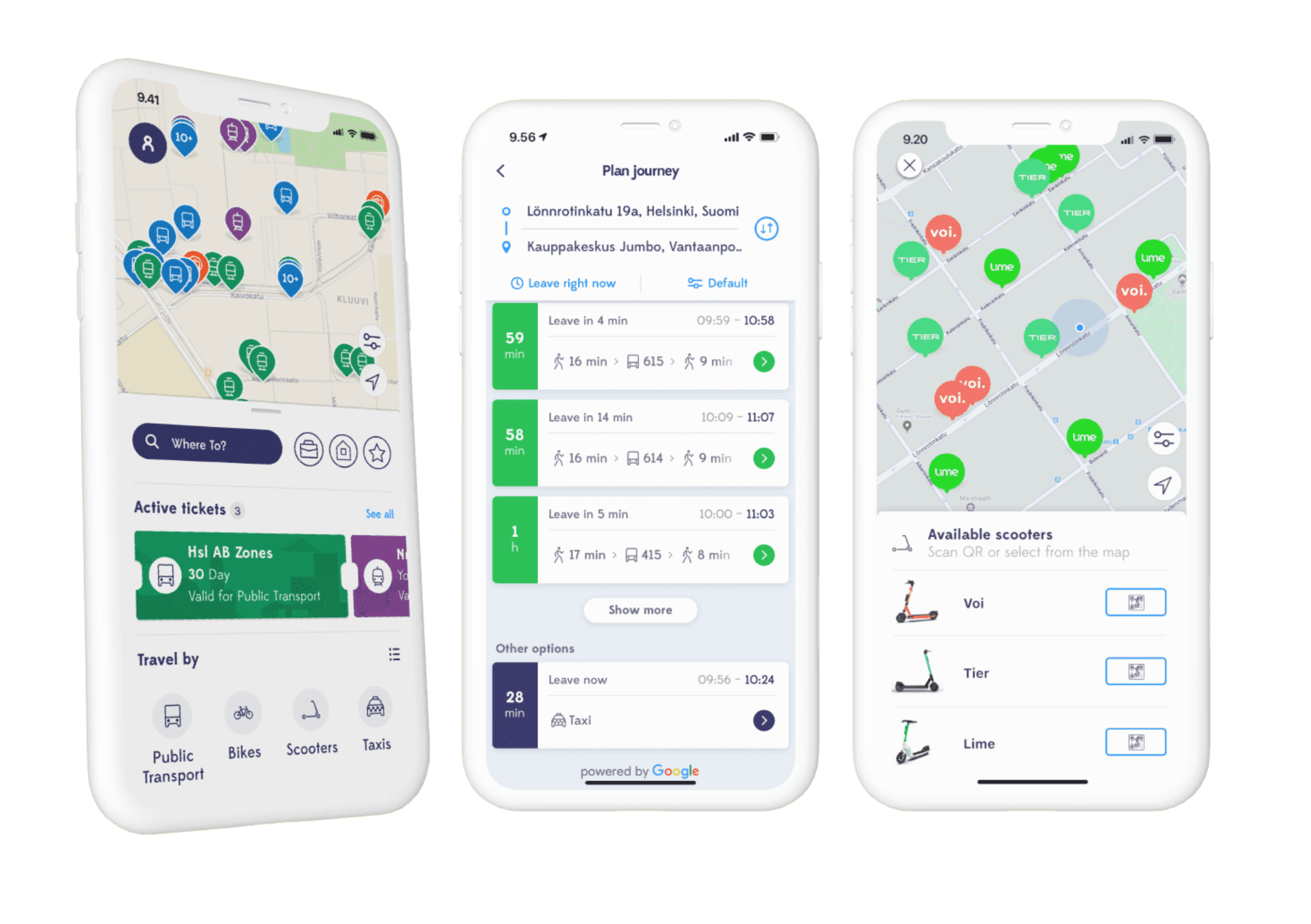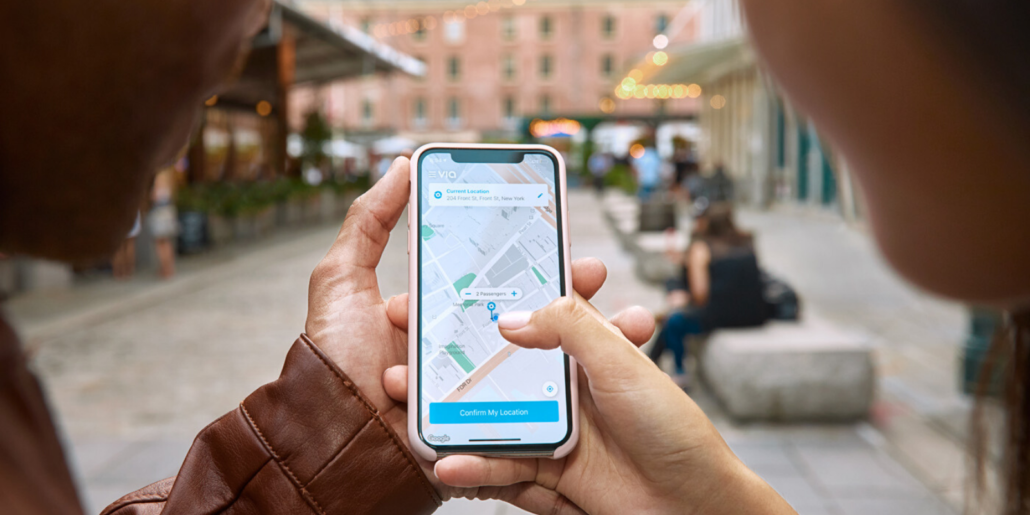
Image credit: whimapp.com
In looking to establish its “code of practice” for implementing MaaS solutions, the UK government also has some limited examples to work from closer to home. Two projects in particular have highlighted how it could work.
MaaS in practice
In London, Citymapper launched an all-inclusive pass in Zones 1-2 in early 2019 (and now extended to zone 6) – marking one of the first MaaS products brought to the UK. The ‘Super Duper Pass’ currently offers a weekly subscription to public transport, unlimited Santander Cycle hire and £10 weekly credit for some taxi and private hire vehicle services, e-bikes and scooters. The pass is available with Apple Pay and Google Pay, or as a smartcard. Another example is the Solent Transport MaaS project – which covers the cities of Portsmouth, Southampton and the more rural areas of South Hampshire and the Isle of Wight. The project is part of £28.8 million of funding allocated from the Department for Transport’s Future Transport Zones (FTZ) programme. "For riders without access to reliable and convenient public transport services, the value of any MaaS platform is inherently limited." — Chris Snyder, European CEO, Via The regional MaaS app will be the first multi-city product in the UK and will consist of a journey planner, smart ticketing and a payment system, and will experiment with incentives to encourage travellers to use more sustainable modes. It will also include a carbon footprint calculation to help people make choices that benefit their environment. Rail, ferry and bus connections, as well as bikes, e-scooters and car rental services will all be available from the MaaS app.
While technology linking services together may be useful in planning, the need for quality transit is undoubtedly the number one priority for cities. Without this, there is a danger that MaaS can simply be a superfluous distraction.
The code
In assessing how MaaS schemes could work on a national level, the UK government has published a set of guidelines to serve as a ‘code’ for cities. This code could entail:
- Guidelines for new entrants to the market and incumbent MaaS platform providers to aid navigation around relevant legislation
- Support to new businesses in the MaaS industry to make decisions in line with government goals
- Encouraging MaaS platform providers to include carbon data for each route offered in order to help consumers choose lower carbon journeys
- Ensuring services are inclusive and accessible to all customers from the outset
- Providing best practice examples of MaaS solutions
- Assisting local authorities in developing or considering platforms to operate in their areas and developing local solutions that build on nationally agreed standards.





